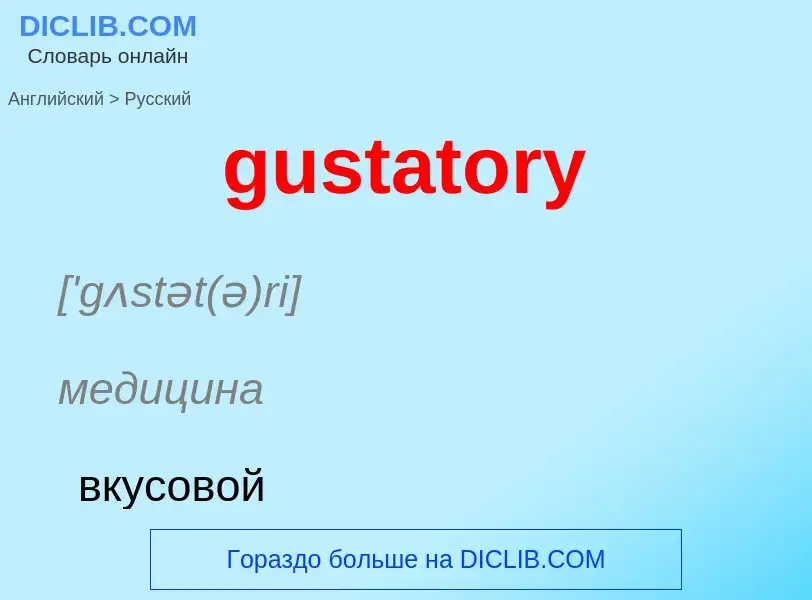Перевод и анализ слов искусственным интеллектом ChatGPT
На этой странице Вы можете получить подробный анализ слова или словосочетания, произведенный с помощью лучшей на сегодняшний день технологии искусственного интеллекта:
- как употребляется слово
- частота употребления
- используется оно чаще в устной или письменной речи
- варианты перевода слова
- примеры употребления (несколько фраз с переводом)
- этимология
gustatory - перевод на русский
['gʌstət(ə)ri]
медицина
вкусовой
прилагательное
общая лексика
вкусовой
медицина
вкусовое ощущение
Определение
Википедия
Lexical–gustatory synesthesia is a rare form of synesthesia in which spoken and written language (as well as some colors and emotions) causes individuals to experience an automatic and highly consistent taste/smell. The taste is often experienced as a complex mixture of both temperature and texture. For example, in a particular synaesthete, JIW, the word jail would taste of cold, hard bacon. Synesthetic tastes are evoked by an inducer/concurrent complex. The inducer is the stimulus that activates the sensation and the taste experience is the concurrent.



